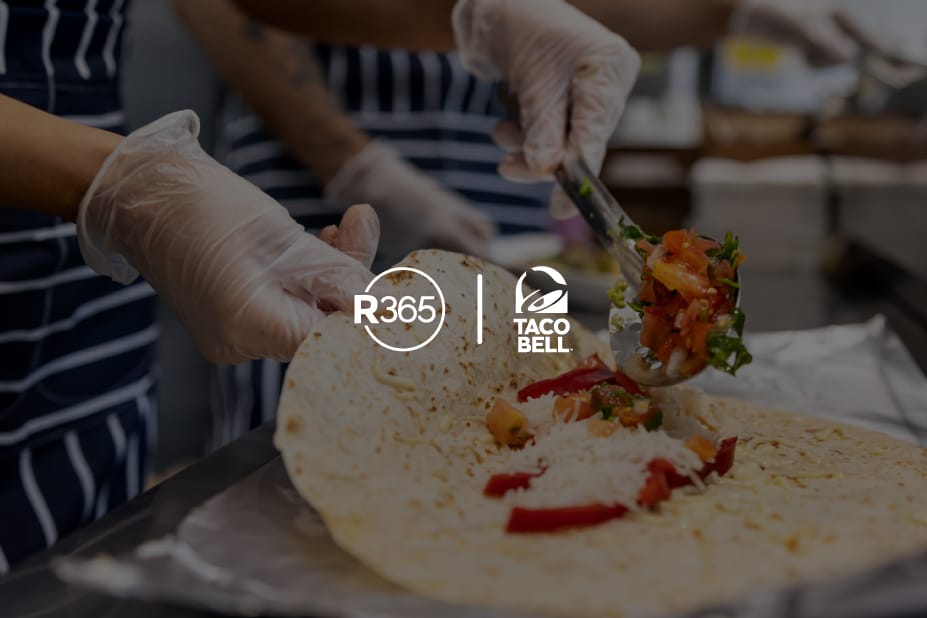Restaurant reports distill complicated restaurant data into informative snapshots about the financial health of your business. Beyond generic business reports, advanced restaurant reporting solutions provide a number of detailed, specific metrics that you should be tracking with your restaurant reporting to ensure you’re optimizing your food and labor spend and increasing your profit margin.
The basics of restaurant reporting
Restaurant reporting would be extremely time consuming to do manually, but the good news is that restaurant operators now have a plethora of tools that can automate their reporting efforts. These range from POS systems that provide basic raw data about daily sales and labor to comprehensive, all-in-one, integrated restaurant management solutions that can automatically pull point of sale (POS) and operations data to deliver business intelligence reports.Using a comprehensive restaurant management system that combines accounting and operations, you can use built-in reports to quickly visualize the financial health of your restaurant business. These automated restaurant reports are easy to view, analyze, and apply in one location or across multiple stores. More advanced restaurant management systems allow you to dissect your data and view it in easy-to-read dashboards, empowering you to effortlessly analyze your restaurant performance and apply it toward strategic decisions that reduce costs and increase profits. Some platforms allow you to create recurring custom report templates.
From daily profit & loss statements to a monthly comparative analysis by location, restaurant reporting can be completed at whatever frequency you need to track performance. You can even streamline the reporting process by automating the delivery of scheduled email reports to your management team.
Why is restaurant reporting necessary for operating a successful business?
Restaurant reports show the kinds of insights that can’t be gleaned from sales tickets. Both high-level and drilled-down reports show trends and outliers in your restaurant operations. Reports empower you to make smart decisions about immediate operations, based on real-time data. Restaurant reporting also helps you make data-driven decisions in the long term, helping you improve business performance and grow your bottom line.
Different types of restaurant reports
Every type of restaurant report reveals insight into a different part of your business. Reports about your prime cost, whether information on your inventory or labor cost, show you areas of improvement in key controllable expenses.
The data that’s available at your fingertips can also impact future decisions about business operations. For example, a detailed breakdown of sales reports, compared by location or compared to the last week, month, or year, can help you forecast for future prime cost. Reports about the sales or product mix can inform next quarter’s menu item development, and menu price reports guide you to continue hitting your target percentage.
There are five reports in particular that give you an essential look at your restaurant data operations.
Five restaurant reports essential for restaurant owners
1. Flash Report
The daily restaurant Flash Report is a consolidated report that provides a snapshot of a single day’s performance at one or multiple locations. This is high-level summary of several key metrics, including sales, labor costs, and discounts and comps. All daily sales summary information flows through this report, which also incorporates historical information and labor report numbers.
This report is designed for in-store or above-store restaurant operators who need a snapshot of the day’s sales, labor, and other metrics. By tracking a daily summary, restaurant managers are able to make almost real-time adjustments, resolving operational issues before they become long-term problems that affect profit margins.
2. Received by Purchased Item Report
This report tracks items received by a certain location over a period of time, as well as individual prices. The data can be tied to a specific purchased item or sorted by item categories.
This report can identify pricing errors outside your contracted prices, holding vendors accountable to billing quoted prices. Compare item pricing across locations, or view variance between stores or regions. The Received by Purchased Item report also allows you to tabulate the total and percent each item makes in total COGS, identifying top moving items to keep an eye on. Running this report every two or three days helps you keep close tabs on your vendor pricing, an essential oversight to keep a healthy bottom line.
3. Labor Actual v. Scheduled Report
Use this report to view the theoretical scheduled labor cost, compared to the actual labor, at a specific location over a certain period of time. When you are ready to make some adjustments, this report includes actionable drill-down details attached to data points, such as job titles, actual date, and employee names.
The Labor Actual v. Scheduled report helps you understand your variance in labor, which is one of your operation’s largest costs. When you are able to see how successful a labor forecast was, you are able to optimize your labor and improve profit margins.
4. Actual vs. Theoretical Analysis
Your Actual vs. Theoretical (AvT) Analysis provides a deeper dive into the quantity and cost of your inventory and menu items. Your AvT report includes metrics such as actual usage, theoretical usage, waste, variance, unexplained variance, efficiency percentage, as well as all of these details as a percentage of restaurant sales. By seeing your actual and theoretical numbers in terms of both quantities and dollars, you are viewing the gap in your plan versus your execution.
Understanding the biggest item variances and closing the gap between your theoretical and actual food costs can help you maximize the efficiency of your inventory management. By identifying leaks, you can control the costs of individual ingredients and add money back into your bottom line.
5. Menu Item Analysis
Your menu item analysis shows the current selling price, cost, and margin for each menu item – as well as quantities sold. This report is one of the few that “tells you what to do,” analyzing metrics in order to create menu engineering recommendations.
The Menu Item Analysis report analyzes the popularity and profitability of each menu item, ranked against each other, and places these items into categories. Each category – like “star” (high margin, high popularity) or “opportunity” (high margin, low popularity) provides suggestions with what to do for specific menu items. By understanding how adding a promotion, adjusting prices, or reworking the product mix of the menu can impact your margins, you are able to make smart decisions that grow your profits.
Conclusion
Restaurant reports empower you to leverage the trackable data that you accumulate every day. Proactive restaurant operators leverage these reports to make data-driven decisions about the numbers, trends, and big picture of their restaurant operations.
If you are interested in automated restaurant analytics to optimize your operations, consider a comprehensive, restaurant-specific management solution. Restaurant365 incorporates restaurant accounting software and restaurant operations software into an all-in-one, cloud-based platform and is fully integrated with your POS system, food and beverage vendors, payroll provider and bank.
For more information about these reports, watch our on-demand webinar, Five Must-Have Reports You Need to Run a Successful Restaurant.



